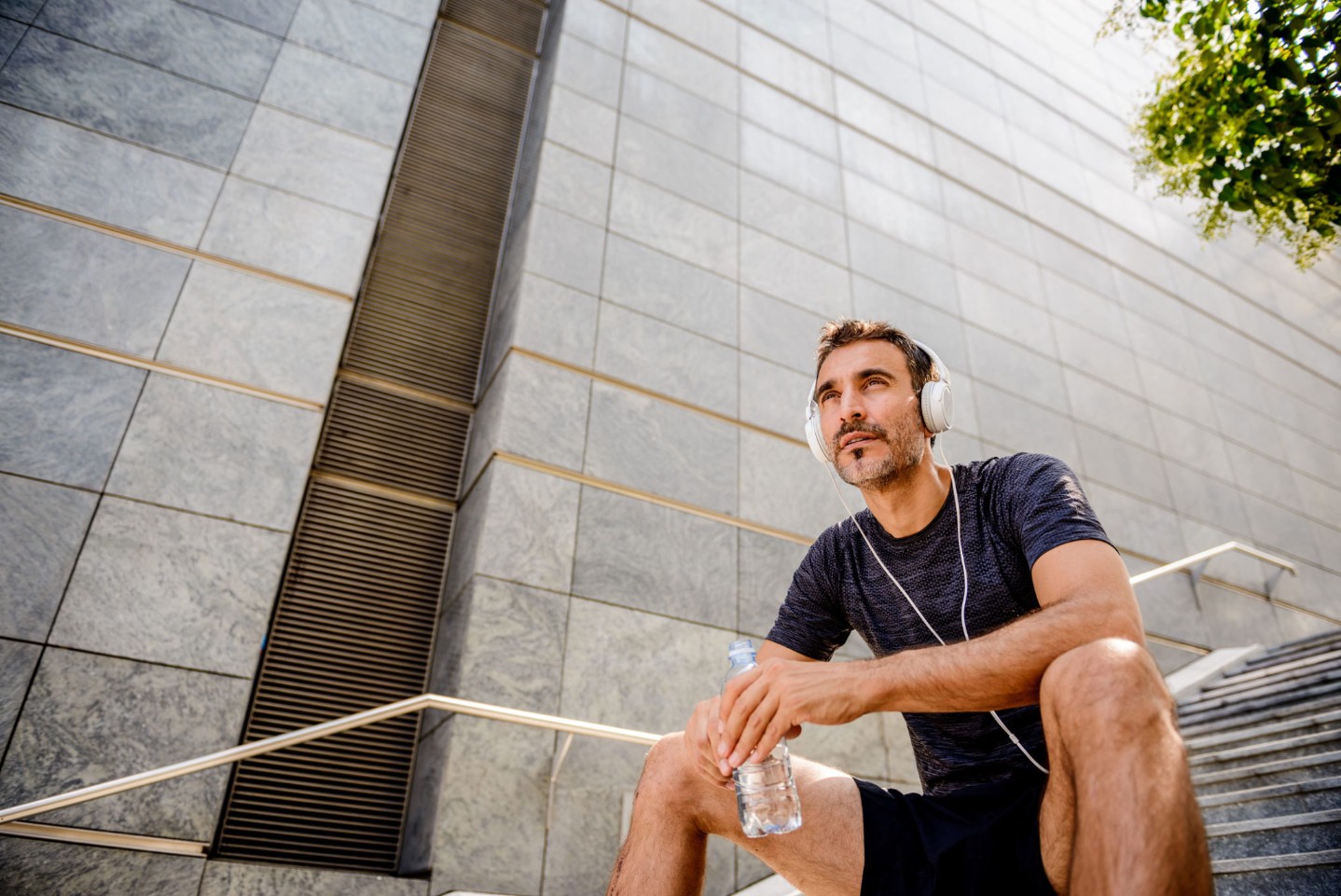Stay Healthy While Enjoying Your Summer!
JUL 19, 2024Keep yourself energized with healthy foods so you can feel your best all summer long.
Read More
A couple of research studies caught my eye over the last few months:
Produce
Are you a pear or an apple? For years we’ve been told that how we carry our fat signifies what sort of risk of heart disease we harbor. If you gain weight mainly around your hips, yet your belly remains relatively thin, you fall into the “pear” category and enjoy a lower risk of heart attack. If, however, your hips are thin but your belly balloons outward, you are an “apple” and are at higher risk.
An article in The Lancet casts doubt on this long-held paradigm. Researchers studied the records of 220,000 people in 17 developed nations to determine what sort of physiological and anthropomorphic characteristics predispose to coronary heart disease. They wanted to determine whether a person’s body shape provided any additional predictive information beyond the traditional risk factors (age, gender, smoking status, and presence of high blood pressure, diabetes, or high cholesterol). In other words, when all else is equal, do the apple-shaped people have a greater risk for heart attack than their pear-shaped counterparts?
The answer, as you might guess, is no. But before all, you apples out there head out for the all-you-can-eat buffet remember that obesity, in and of itself, has been definitively linked to not only heart problems but a myriad of other illnesses as well. As for your pears, you’re no longer off the hook for your sagging saddlebags.
In a way, I’m glad they’ve debunked the body shape myth since I never really quite knew what to do with it anyway (I feel the same way about earlobe creases. What? Never heard of this? Google “earlobe crease” for interesting reading.). If I see a per-person in the ER with chest pain can I ignore his symptoms? Do all my Apple-people deserve more of an evaluation? And what do you do with all the other shapes out there? Here in Omaha, we’ve got the whole produce section: carrots, eggplants, corncobs (of course), and more than a few watermelons. And what do you do with people (like me) shaped like asparagus? Do we have to wait until they get fat to be able to assess their risk?
Now I can go back to looking at the standard list of risk factors without trying to match my patients up with fruit.
Life at 45
The Journal of the American College of Cardiology recently published a study that looked at the association between a one-time measurement of physical fitness to one’s lifetime risk of cardiovascular disease. In the 1970s and 80s, about 11,000 men underwent exercise testing at a research institute in Dallas, Texas and were followed over the next 30 years. The protocol at the Cooper Institute was to do the testing when their participants reached various age milestones: 45, 55, 65. The results of the follow-up were interesting.
It turns out that the level of physical fitness demonstrated by the volunteers at age 45 was a very strong predictor of their risk of dying from heart disease over the next 20-30 years. Participants who scored well on the treadmill test had only a 3.4% risk of cardiovascular death, whereas those with the worst fitness level had a risk of 13.7%.
I’ve long felt that a person’s level of fitness in his or her forties is a strong predictor of how healthy they’ll be for the rest of their lives. If you haven’t developed healthy lifestyle habits by the age of 40 it’s doubtful that you’ll be able to pull it together and turn things around after that. It’s not that it’s impossible to quit smoking and lose weight and exercise once you hit mid-life, it’s just that it becomes so much harder for old dogs to learn tricks like tobacco abstinence and lean eating. Now we have evidence that a single measurement of fitness on your 45th birthday can determine if your heart’s going to survive the next 30 years. That’s pretty sobering information for all us mid-lifers who are perpetually putting off until tomorrow the changes we need to make in order to get healthy.
Shocking
Finally, I’ll conclude with an interesting anecdote (again, from the Journal of the American College of Cardiology) regarding a very fortunate man with a defibrillator:
An 83-year-old man with a cardioverter-defibrillator took a shower and for support grabbed a metal water pipe accidentally connected to a live 240 V feed. With the passage of electricity, he developed severe muscle twitching with tightening of his grip on the pipe. The defibrillator discharged twice, resulting in a jolt, thrusting him out of the shower, with disengagement from the electrified pipe.
Interrogation of the device revealed normal electrical activity of the heart during the event. The near-electrocution did not induce ventricular fibrillation as expected, and . . . [the ICD] discharged twice after detection of high-frequency vibrations, with their disappearance shortly after the final shock. The patient resumed daily activities after this "shocking" experience, grateful to the device for an "off-label" life-saving shock delivery.
Yet another reason to be grateful for modern medical technology.

Keep yourself energized with healthy foods so you can feel your best all summer long.
Read More
Forgetfulness is a common concern, especially as we age. However, it's important to distinguish between normal age-related memory changes and potential signs of dementia.
Read More
As a primary care provider, I’ve noticed that many men are under-concerned about what I call the big three – blood pressure, cholesterol and type 2 diabetes.
Read MoreWhen you need local health information from a trusted source, turn to the CHI Health Better You eNewsletter.